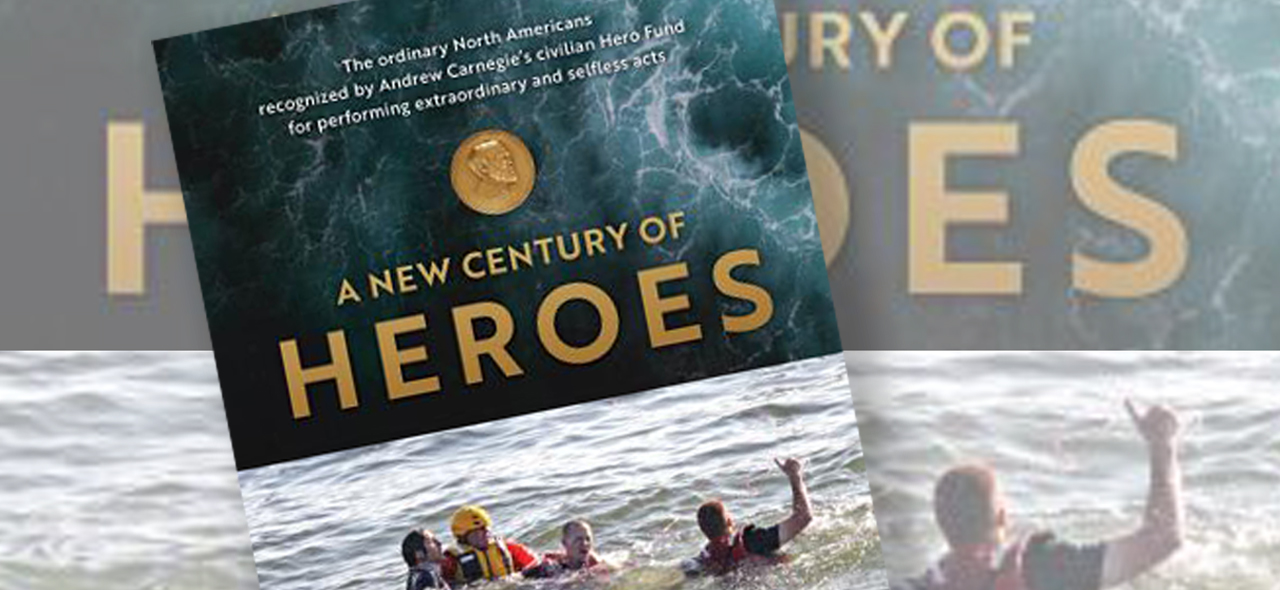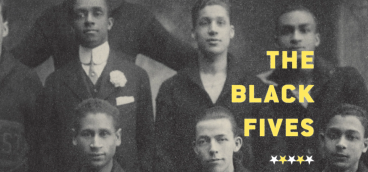Real-life Heroes

On Jan. 25, 1904, 179 mostly teenaged miners died in a massive explosion at the Harwick Mine near Cheswick, where today a stone memorial marks their mass grave. A single survivor, Adolph Gunia, was pulled from the rubble by the mine’s designer, Selwyn Taylor, and his assistant, James McCann. Volunteers like Daniel Lyle dug through the night looking for others. Unsuccessful in their efforts, he and Selwyn would succumb to afterdamp, “an asphyxiating mixture of residual gases after an explosion,” and Gunia would never work below ground again. Harwick remains one of the worst mining disasters in U.S. history. Yet, upon hearing details of Taylor and Lyle’s heroism, industrialist Andrew Carnegie soon after formed the Hero Fund, moved to action by wanting “to do something for those who with little thought risked their lives to save others.” It remained Carnegie’s most cherished philanthropy and continues to thrive today.
For those curious to learn about the heroics awarded over the last century-plus, the recent book, A New Century of Heroes, (Lyons Press, $39.95) will leave readers genuinely moved by these acts of everyday bravery, laid out in compelling detail. Edited by the president and chair of the Pittsburgh-based Carnegie Hero Fund Commission, Eric P. Zahren, a former Secret Service agent, the book is not only fascinating in its accounts of heroism but also beautifully laid out with photos and illustrations adding to readers’ perspectives.
With most of the book dedicated to concise, expositional “case studies” that include places and ages of both heroes and those needing to be rescued, it would seem, at first glance, to be a congratulatory slog. The truth is that it becomes difficult to set down, as Carnegie wanted extensive investigations done on any nominations for the award, which came with both a monetary award and a gold medal. This research, first conducted by a team of former journalists sent countrywide to verify the accounts firsthand, shows up in the precise stories of heroic action. Imaginative readers will be sure to consider what they’d do in similar situations. There’s even a page of analytics that breaks down the “Perils” into percentages awarded, with drownings and burning vehicles and buildings topping the list.
…Heroes, concludes with an insightful essay by Samuel P. Oliner of Humboldt State University, titled, “Why They Do It?” Here, he differentiates conventional altruism from heroic altruism, positing that “every person has the potential to be a rescuer.” If so, this book just might be the antidote to restore faith in humanity’s capacity to rise to the occasion when empathy and compassion come calling.







